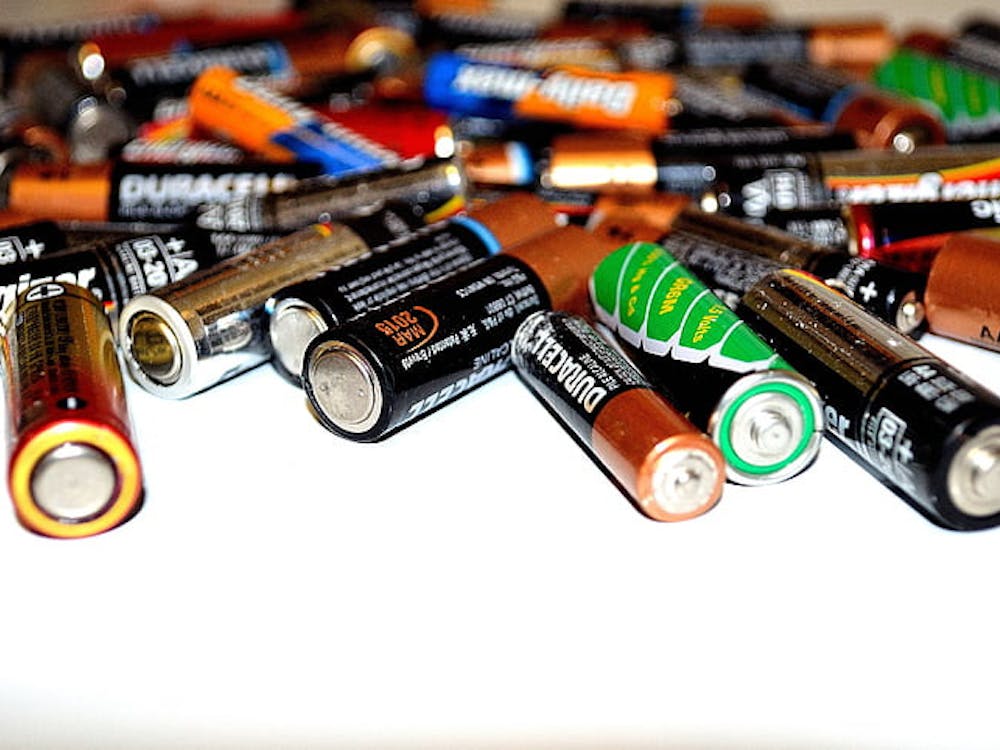This year’s Nobel Prize in Chemistry was awarded Wednesday to three researchers for developing methods to describe complex chemical processes using computer modeling.
Martin Karplus of the University of Strasbourg in France, Michael Levitt of Stanford University and Arieh Warshel of the University of Southern California share the prize of $1.2 million for their work that began in the 1970’s and is now utilized by today’s chemists.
The scientists’ ground-breaking work combines classical Newtonian physics with quantum physics to model biological molecules in ways that were previously unattainable given the current limitations of even the most powerful modern supercomputers.
The scientists “laid the foundation for the powerful programs that are used to understand and predict chemical processes,” said the press release from the Royal Swedish Academy of Sciences in Stockholm, which awards the prize. “Chemists used to create models of molecules using plastic balls and sticks,” the release said. “Today, the modelling is carried out in computers.”
Computational modelling is commonplace in modern chemistry for simulating reactions that typically happen in the span in of milliseconds. Scientists have long been able to run experiments to investigate the results of reacting specific molecules, but to see what happens during the reaction — how the starting molecules turn into the end products — requires computer simulations.
“It’s like seeing all the actors before Hamlet, and all the dead bodies after, and then you wonder what happened in the middle,” Sven Lidin, chairman of the Nobel selection committee, said in the prize announcement webcast. “And this is what theoretical chemistry provides us with — the whole drama.”
Computer programs based on classical physics can process very large molecules and do calculations that give accurate representations of how the atoms are arranged. However, Newtonian physics only works when the molecules are at rest, and it is useless in describing what happens during the actual chemical reactions, during the breaking and forming of bonds between atoms.
Just like we can use the classical laws of physics to describe the motion of a car but not of an electron, classical computer models can describe whole molecules but not the behavior of their individual electrons — and electron behavior is the driving mechanism behind all reactions.
When molecules are interacting with each other and the electrons are in an excited, energy-filled state, quantum mechanical models accurately describe the behavior. The downside, though, is that quantum calculations require enormous computing power to process every single electron and nucleus in the molecule, so it is only possible to analyze small molecules. To try to perform quantum calculations on large molecules could take years.
Karplus, Levitt and Warshel collaborated over decades to develop ways to merge the classical and quantum methods that make it practical to model larger molecules, the key to understanding the more important and more common process that take place in living organisms.
They created a program that uses quantum physics to analyze only the most crucial parts of the molecules, the electrons and atomic nuclei that are the central focus of the reaction. Everything else — the less interesting parts that don’t play a direct role in the reaction — is modelled with the less technologically-demanding classical physics. They also conserve even more computing power by merging atoms and whole molecules into groups for the sake of simpler calculations.
With computer simulations, scientists constantly need to be conscious that the models, however convenient, actually reflect reality, but experiments have confirmed the accuracy and validity of the Nobel Prize-winning programs. The laureates’ programs are applicable to any kind of molecule or reaction so the possible uses of the technology are far-reaching.




